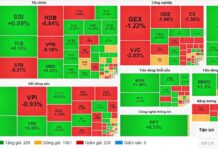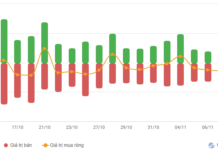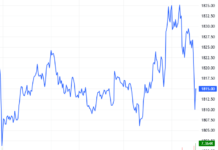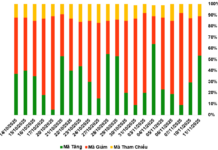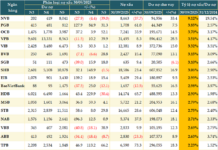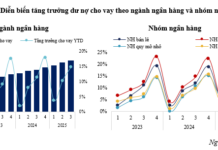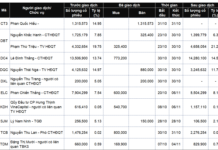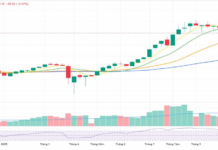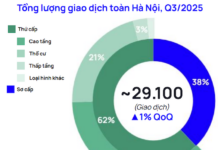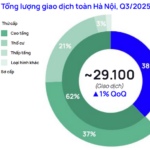
The Deputy Prime Minister has instructed the Ministry of Construction to continue collaborating with relevant ministries, the People’s Committee of Dong Nai Province, and project investors. They are to regularly inspect, review, and update the construction progress of project components and packages. Timely reports on implementation results, challenges, and solutions must be submitted to the Prime Minister.
Additionally, the Vietnam Air Traffic Management Corporation (VATM) is directed to ensure contractors for Component 2 packages increase manpower, equipment, and work shifts to accelerate progress and meet committed deadlines.
The Ministry of Construction is tasked with coordinating the Civil Aviation Authority of Vietnam and VATM with the Airports Corporation of Vietnam. Their focus is to finalize preparations for calibration and technical flights scheduled for December 19, 2025.
The Deputy Prime Minister has also directed the People’s Committee of Dong Nai Province to ensure sufficient materials for Component 3, targeting completion by September.
Ministry of Construction Updates on Issues Related to the $1.5 Billion Da Nang – Quang Ngai Expressway
The Ministry of Construction has directed the Vietnam Expressway Corporation (VEC) to review and address the concerns raised by voters in Quang Ngai province regarding the Da Nang – Quang Ngai Expressway project.
How is the Ministry of Construction Managing Its Budget?
In the 2025 public investment capital plan, the Prime Minister allocated 82.555 trillion VND to the Ministry of Construction. However, as of August, the ministry has disbursed only over 30.300 trillion VND, reaching nearly 37% of the target. This delay is attributed to several bottlenecks, including slow land clearance, shortages of construction materials, contractor sluggishness, and untimely commencement procedures.
Revised Title: Amending Income Eligibility Criteria for Purchasing or Leasing Social Housing
The Ministry of Construction has proposed amendments to Decree 100, aiming to increase the income threshold for purchasing or leasing social housing, lower loan interest rates, and streamline administrative procedures.

